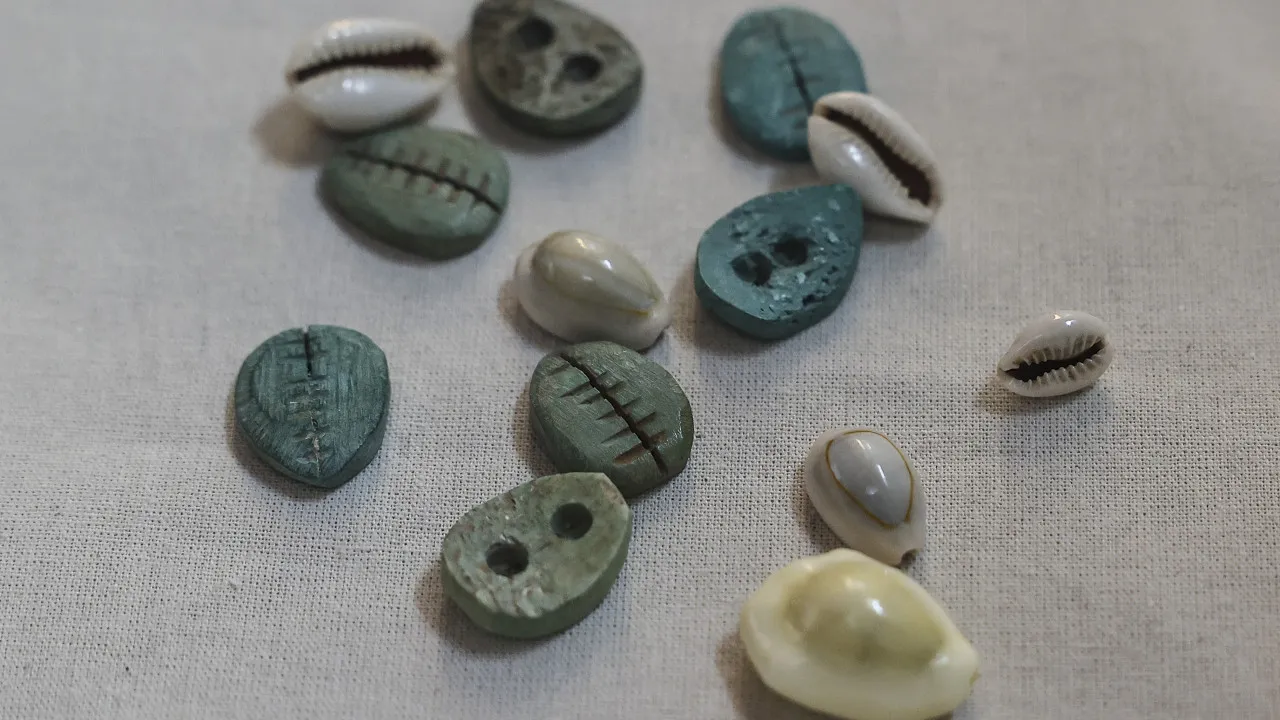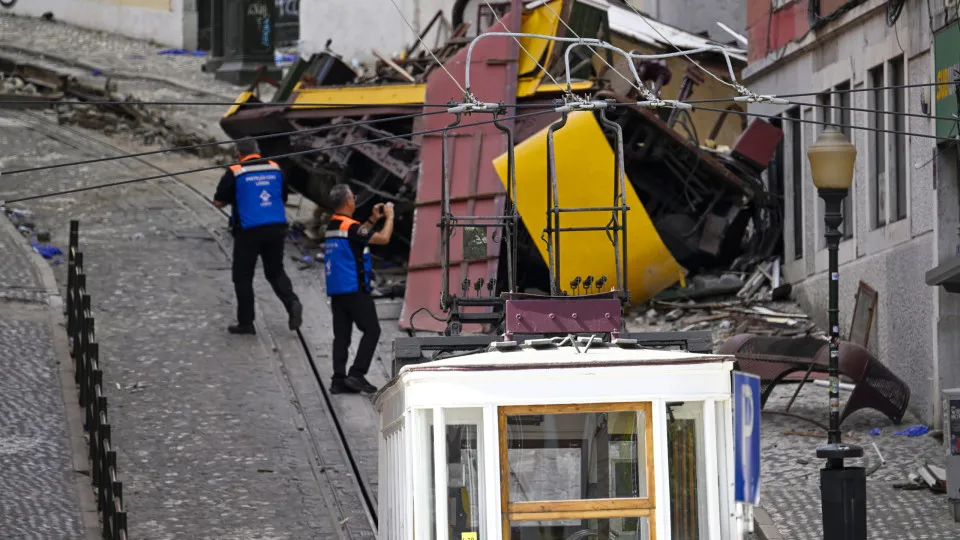
“One person was worth about 100,000 cowries. Imagine the work involved in manually collecting 100,000 cowries on a beach,” says historian Davide Santos, as he carefully picks up some cowries with a glove, displaying them to visitors.
Cowries, the shells of a mollusk, were highly valued for centuries in Asia and Africa. These small, shiny white shells resemble a small conch.
Originating from the beaches of the Indian Ocean, particularly the Maldives, cowries played a crucial role in the slave trade along the West African coast. The year 1515 is identified as the beginning of structured and systematic cowrie trade.
From the 16th to the 18th centuries, the Portuguese used cowries as one of the ‘currencies’ in Africa to buy and enslave individuals, Santos explains during a visit to the Money Museum, located in Lisbon’s downtown, near one of the primary slave markets in Lisbon, Terreiro do Pelourinho Velho, next to the current Praça do Comércio.
These shells had the advantage of being transportable and durable like today’s coins, and their status as rare and beautiful objects conferred prestige on their owners, often used in belts or necklaces, a practice that continues today.
In addition to cowries, ‘Testemunhos da Escravatura’ showcases other items used for purchasing people, such as zimbo shells (small shells collected on the Luanda coast, mostly by women) and manillas (large metal rings used as adornments, similar to bracelets, typically produced in Venice, Flanders, Liverpool, and Birmingham).
During the visit, Santos recalls the letters written by King Afonso I of Congo (1507-1542) to Portuguese monarchs, with whom he maintained good relations, requesting Portugal to cease the slave trade which he initially supported. He argued it had become uncontrollable, depleting his kingdom of its population.
The tour also highlights the largest gold coin minted in Portugal, the 24 escudo ‘dobra,’ a gold coin weighing 85 grams. This coin served not only as currency but also as a symbol of the wealth and power of King João V (1706-1750), during whose reign large shipments of gold arrived from Brazil.
“These are extraordinary objects, jewels, works of art that tell a tragic story. Their aesthetic conceals terrible historical events,” says Davide Santos.
According to Daniela Viela, a museology expert at the Money Museum, part of the Banco de Portugal, this visit was created in 2017 when Lisbon was the Ibero-American Capital of Culture, as part of the African memory program regarding slavery.
“We confirmed that we had objects which made perfect sense to include in this project, and we didn’t shy away from the responsibility of admitting that African slavery was part of Portugal’s economic development,” Viela told Lusa.
Viela explains that the Money Museum has multiple dimensions: “it is a museum of history, archaeology, economics, and art,” telling the story of the world through money and its significance in societies’ lives.
“We have a duty of truth to history, to these millions of enslaved people,” states Viela.
“If there are others to blame, that does not absolve us from speaking about Portugal’s role in this transatlantic slave trade. As a Portuguese descendant of those who might have participated in this trade, I have a historical responsibility to tell this story, to validate the pain,” asserts Davide Santos.
Estimating the numbers of slavery is challenging due to conflicting and insufficient sources, always sparking debate.
According to the Atlas of the Transatlantic Slave Trade, recently published in Portugal by the University of Lisbon Press, over 12 million enslaved people were taken from the West African coast to the American continent.
The SlaveVoyages website, a collaboration of several universities, ranks Portugal as the top country, having enslaved 5.8 million people from 1501 to 1875, followed by the United Kingdom, France, Spain, the Netherlands, the United States, and Denmark with other Baltic countries.
There was also slave trafficking from Africa’s east coast, directed to Asia, albeit in lesser quantities.
Slave trafficking from Africa had destinations in Europe, including Portugal.
The year 1444 marks the arrival of the first African slaves in Portugal, landing in Lagos, initiating their commercialization. Prince Henry the Navigator was present at this initial sale.
By the late 16th century, it is estimated that 20% of Lisbon’s population were enslaved people.
Only in the 1930s did the last enslaved person, a woman living in Bairro Alto, pass away.
In 2015, the United Kingdom completed the payment of a debt contracted in the 19th century to compensate various families who felt aggrieved by the abolition of slavery.




